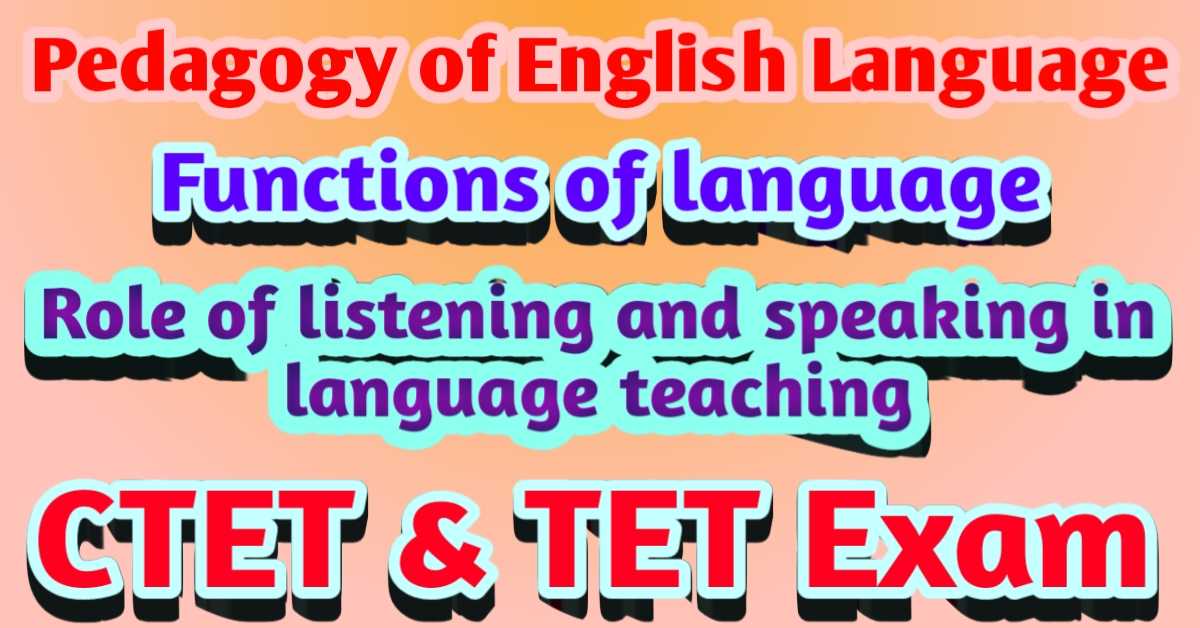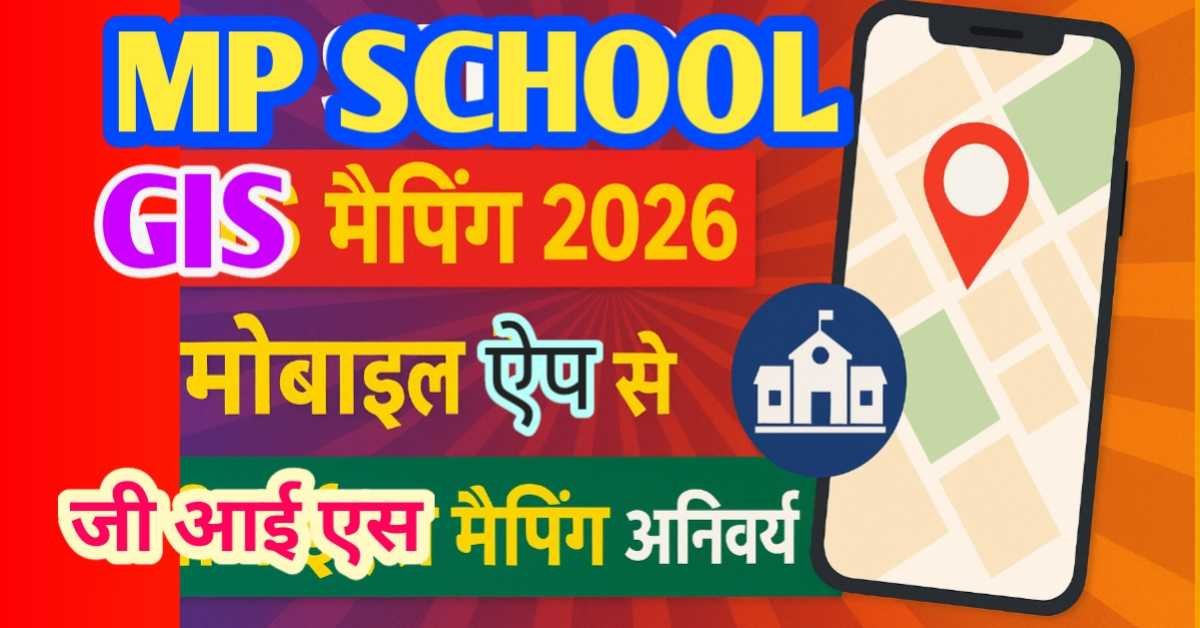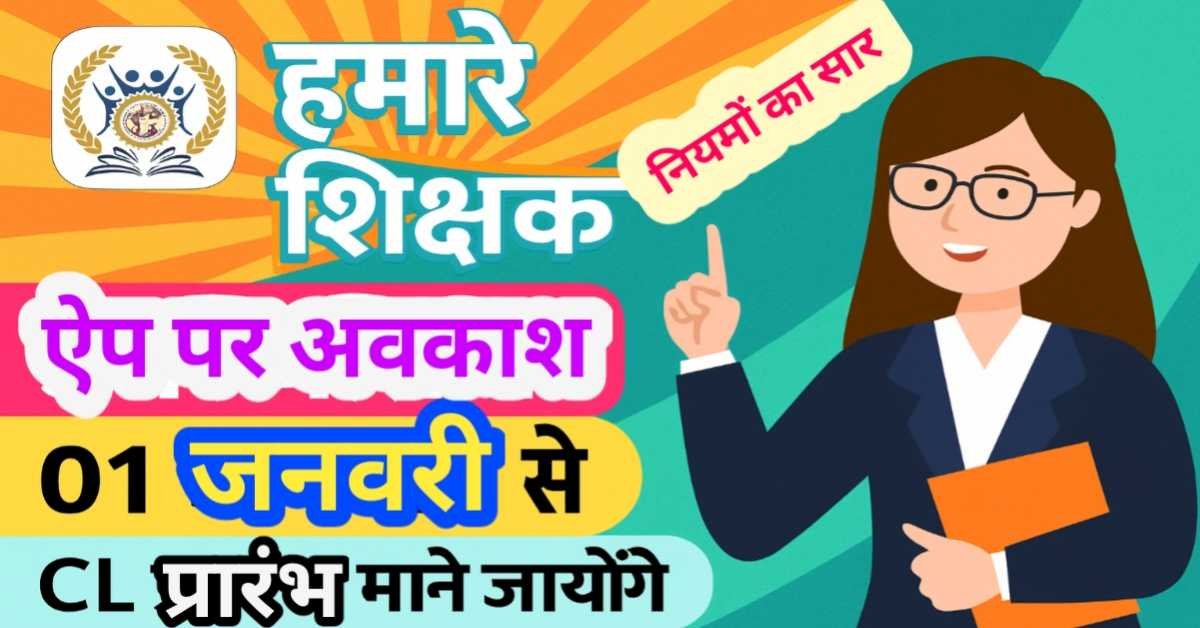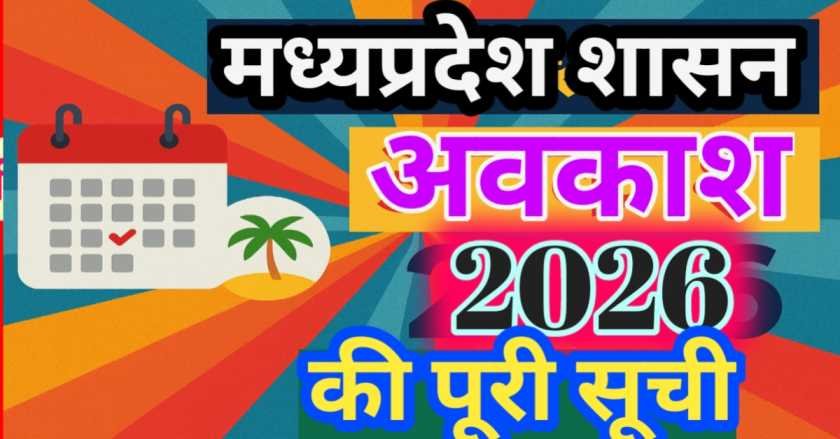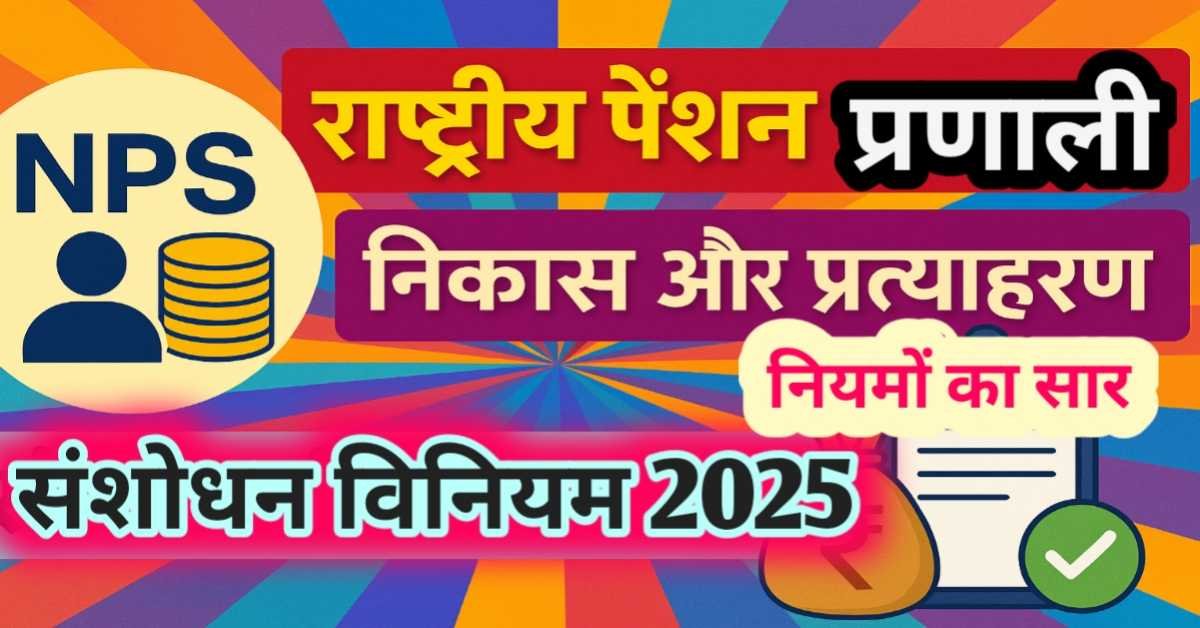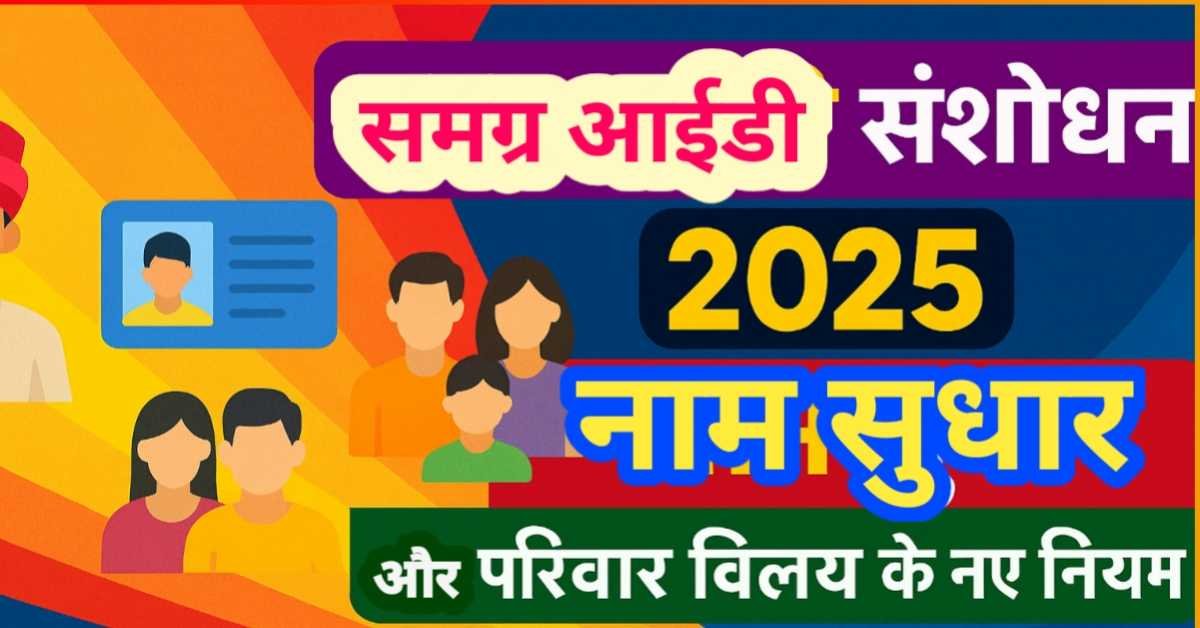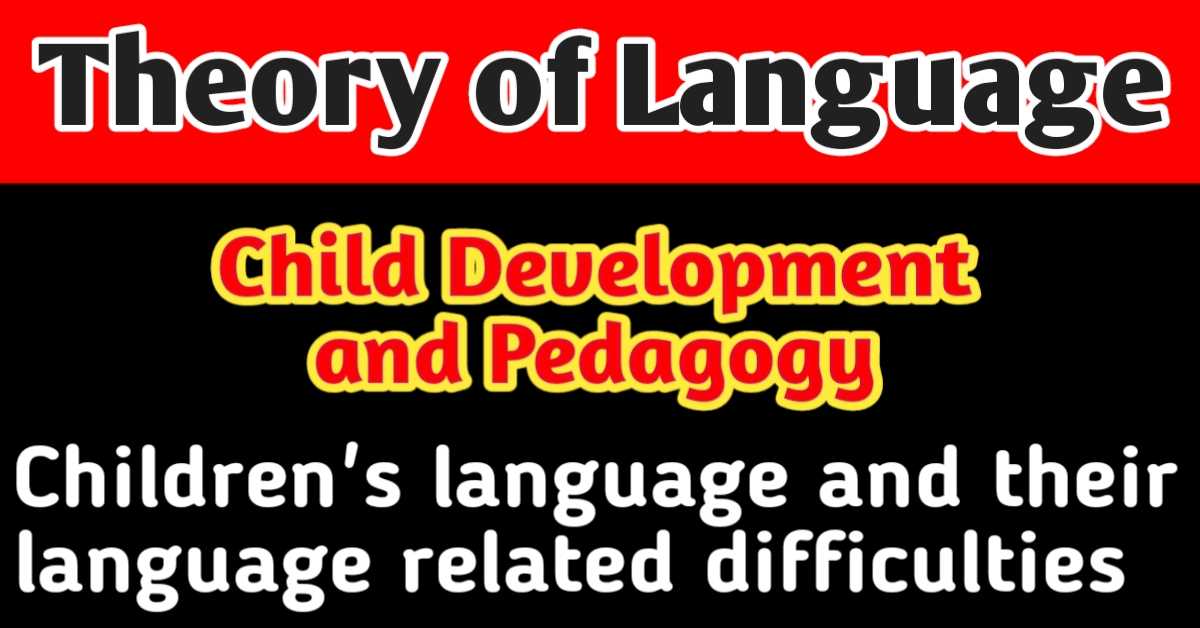
Theory of Language (discussion on language)- Child Development and Pedagogy- Children's language and their language related difficulties
Discussion on Language means the language of children i.e. how children use language in speaking, how much linguistic knowledge they have. Thought refers to the expression skills of children, their presentation of different ideas etc.
In another sense, language is used for the child and thought means those principles which are used in teaching language to children. In the present time, language is a powerful medium for children to acquire knowledge and for them, it is important to discuss linguistic information, that is, to use those modes through which children can learn the language easily. Language is the medium of thoughts; exchange of thoughts is not possible without language.
We see that initially children learn their mother tongue at home by imitating the language of their parents, siblings etc. which may be a dialect or even a language. When a child comes to school at the age of 5, he faces the challenge of learning the standard language. Now it is necessary for the teacher to think about how to teach the language.
Child development and language― Child development means the entire development of a child from infancy to adulthood, which includes physical, mental, social, linguistic etc. The child starts speaking at the age of 18 months after birth. Along with other developments of the child, language development is kept in mind to see whether the child is learning the language according to his age or not. If a child learns the language according to his age, then in true sense we can consider it as proper development of the child.
Children's language- Usually a child starts speaking at the age of 18 months. In the beginning, the child's language consists of only a few words which work as a complete sentence like Maani (water), Khaoga, Khela etc. From this we can understand the expressions of the children. As the child grows up, he starts speaking short sentences in which the number of verbs is more. If we carefully assess the language of children, we find complexity in their language structure. By the time children reach school, they learn complex structures of language. Such sentences are coined by the child himself in which he constructs the sentence by making gender related applications.
When a child comes to school, his language is a dialect. Now it is the responsibility of the teacher to introduce him to the standard language.
Children's thoughts― Children also think and meditate like adults. If you ask them to say something about something, they think first. Does and answers after understanding. The teacher should give importance to the thoughts of the children and try to increase their thinking power. The best way to develop the thinking skills of children is to give importance to their thoughts. If a child's thoughts are given importance then he always remains ahead in expressing them.
Language difficulties of children—
(ⅰ) Children are not able to communicate easily.
(ⅱ) To use regional words more in the language.
(iii) Making spelling mistakes.
(iv) Making errors in anusvar, nasal, punctuation marks etc.
(v) Not being able to express thoughts clearly.
(vi) Having pronunciation defects.
(vii) Being emotionally unstable.
(viii) Difficulty in meaning of similar words.
In this way a child may have many linguistic difficulties. Ways to overcome linguistic difficulties of the child—
(ⅰ) Give all children the opportunity to speak.
(ⅱ) Keeping children as active as possible.
(iii) To provide opportunities to participate in school offices.
(ⅳ) To emphasize on correct pronunciation and writing.
(ⅴ) To encourage free expression.
(vi) To create a linguistically appropriate environment.
(vii) To purify the (linguistic) environment of the family.
Essential measures to increase the thinking power of children—
(ⅰ) Listen carefully and give importance to what the children say.
(ⅱ) Know their feelings and make them know what is right and wrong.
(iii) Provide various types of activities and games so that their thinking power can develop.
(iv) Give various information about your environment and discuss them.
(v) Give children a chance to discuss among themselves.
Objective Type questions
(1) At what age do children learn to use language?
(i) 12 months
(ⅱ) 18 months
(iⅱ) 20 months
(iv) 25 months
Ans. (ii) 18 months.
(2) If we want children to know any language then—
(i) We have to create a linguistic environment.
(ii) Children will have to be told about words and sentences.
(iii) They have to be given grammatical knowledge of the language.
(iv) All of the above.
Ans. (i) We have to create a linguistic environment
(3) It is the best way to develop the thinking power of a child.
(i) Give him as much opportunity as possible to speak.
(ii) Give recognition to his ideas.
(iii) Give him problems to think about.
(iv) All of the above.
Ans. (iv) All of the above.
(4) When a child comes to the school environment, there is an abundance of words in his language.
(i) Standard
(ⅱ) reigional
(iii) Literary
(iv) All
Ans. (ⅱ) reigional
(5) Which of the following is not a linguistic difficulty of a child—
(ⅰ) Not being able to differentiate between words having similar sound.
(ⅱ) Making errors in pronunciation.
(iii) Excessive use of regional words.
(iv) None of the above.
Ans. (iii) Excessive use of regional words.
(6) A teacher can understand the thoughts of a child very well if—
(i) Give him an opportunity to speak in a natural manner.
(ii) Make him stand and ask him something.
(iii) Understand by looking at his facial expressions.
(iv) None of the above.
Ans. (i) Give him an opportunity to speak in a natural manner.
Click below link to read about pedagogy of Language
1. What are language and mother tongue? Definitions
2. Language learning tendencies - Curiosity, Simulation and Practice, Pedagogy of Language
3. Language skills - Basis of writing and communication Required competencies for language knowledge
4. Principles of Language Teaching - CTET and TET Exams
5. Elements of language Acquisition. Factors affecting language acquisition
6. English pedagogy Role of listening and speaking in language teaching, Functions of language, How do children use language?
7. Pedagogy of English Language, What is grammar? Its Usefulness, Functions of Grammar
इन 👇 प्रकरणों के बारे में भी जानें।
1. बाल विकास क्या है इसकी अवधारणा एवं परिभाषाएंँ
2. बाल विकास की विशेषताएंँ
3. विकास के अध्ययन की उपयोगिता- बाल विकास एवं शिक्षाशास्त्र
4. बाल विकास के अध्ययन में ध्यान रखे जाने वाली प्रमुख बातें
5. गर्भावस्था एवं माता की देखभाल
6. शैशवावस्था- स्वरूप, महत्वव विशेषताएँ
इन 👇 प्रकरणों के बारे में भी जानें।
1. विकास के स्वरूप
2. वृद्धि और विकास में अंतर
3. बाल विकास या मानव विकास की अवस्थाएँ
4. बाल्यावस्था स्वरूप और विशेषताएँ
5. किशोरावस्था- किशोरावस्था की विशेषताएँ
इन 👇 प्रकरणों के बारे में भी जानें।
1. बहुभाषिकता क्या है
2. संप्रेषण क्या है
3. शिक्षा मनोविज्ञान- प्रकृति और उद्देश्य
4. समाजीकरण का अर्थ
5. POCSO act क्या है
इन 👇 प्रकरणों के बारे में भी जानें।
1. उद्योतन सामग्री क्या होती है
2. किशोरावस्था का स्वरूप
3. प्रौढ़ावस्था एवं वृद्धावस्था काल
4. अधिगम क्या है? अधिगम की परिभाषाएँ एवं विशेषताएँ
5. विकास का अधिगम से संबंध
6. शारीरिक विकास क्या है? विकास की परिभाषा
7. शारीरिक विकास एवं इसे प्रभावित करने वाले कारक
8. गामक विकास - परिभाषाएँ, विशेषताएँ एवं प्रभावित करने वाले कारक
9. मानसिक विकास एवं इसे प्रभावित करने वाले कारक
10. संवेग कौन कौन से है? संवेगात्मक विकास को प्रभावित करने वाले कारक।
इन 👇 प्रकरणों के बारे में भी जानें।
1. भाषा विकास अर्थ, परिभाषा, चरण एवं प्रभावित करने वाले कारक
2. सामाजिक विकास के अभिकरण एवं इसे प्रभावित करने वाले कारक
3. मूल्य परक विकास (नैतिक विकास) क्या है? प्रभावित करने वाले कारक
4. सृजनात्मक विकास क्या है इसका महत्व एवं प्रभावित करने वाले कारक
5. सौंदर्य विकास क्या है? इसके सिद्धांत, सौंदर्य विकास के तत्व एवं प्रभावित करने वाले कारक
6. बहुआयामी बुद्धि (Multi-Dimensional Intelligence) किसे कहते हैं, बहुआयामी बुद्धि सिद्धांत, बहुआयामी बुद्धि से लाभ
हिन्दी भाषा एवं इसका शिक्षा शास्त्र के इन प्रकरणों 👇 के बारे में भी जानें।
1. भाषा सीखना और ग्रहणशीलता - भाषा और मातृभाषा क्या हैं? परिभाषाएँ
2. भाषा शिक्षा शास्त्र, बालकों को भाषा सिखाने हेतु महत्वपूर्ण तथ्य
3. भाषा की दक्षताएँ, लेखन एवं भाव संप्रेषण के आधार, भाषा सीखना एवं सुधार
4. भाषा ग्रहणशीलता एवं भाषा ग्रहणशीलता के तत्व- भाषा ग्रहणशीलता को प्रभावित करने वाले कारक
5. भाषा शिक्षण के सिद्धांत
6. भाषा शिक्षण में बोलने व सुनने की भूमिका, श्रवण कौशल
7. व्याकरण या grammar क्या है? इसकी उपयोगिता, भाषा की मौखिक या लिखित अभिव्यक्ति के संदर्भ में व्याकरण के कार्य
8. भाषा विचार- बाल विकास व शिक्षा शास्त्र- बच्चों की भाषा व उनकी भाषा गत कठिनाइयाँ, बालकों की विचार शक्ति बढ़ाने हेतु आवश्यक उपाय
पर्यावरण का शिक्षाशास्त्र के इन 👇 प्रकरणों के बारे में भी जानें।
1. पर्यावरण की अवधारणा
2. पर्यावरण शिक्षा के उद्देश्य
3. पर्यावरण शिक्षा का महत्व
4. पर्यावरण शिक्षा के उद्देश्य
5. समेकित पर्यावरणीय शिक्षा क्या है, इसकी आवश्यकता एवं महत्व
6. पर्यावरण शिक्षा के सूत्र एवं दायित्व
7.पर्यावरण शिक्षा का विज्ञान एवं सामाजिक विज्ञान से सहसंबंध
इन 👇 प्रकरणों के बारे में भी जानें।
1. गणित शिक्षण से चिंतन एवं तर्कशक्ति का विकास करना
2. गणित अध्यापन के प्रमुख उद्देश्य, चिंतन शक्ति का विकास
3. गणित शिक्षण से चिंतन एवं तर्क शक्ति का विकास
4. पाठ्यक्रम में गणित का स्थान- (गणित एवं इसका शिक्षा शास्त्र)
5. गणित की मानसिक, व्यवहारिक, साँस्कृतिक एवं व्यावसायिक उपयोगिता, गणित का सौन्दर्य तथा सत्य, गणित अध्यापन के उद्देश्य
शिक्षक चयन परीक्षाओं के प्रश्न पत्रों को यहाँ👇 से डाउनलोड करें।
1. संविदा शाला वर्ग 3 का 2005 प्रश्न पत्र डाउनलोड करें
2. संविदा शाला वर्ग 2 का 2005 का प्रश्न पत्र डाउनलोड करें
आशा है, उपरोक्त जानकारी उपयोगी एवं महत्वपूर्ण होगी।
(I hope the above information will be useful and important. )
Thank you.
लेखक
(Writer)
infosrf.com


